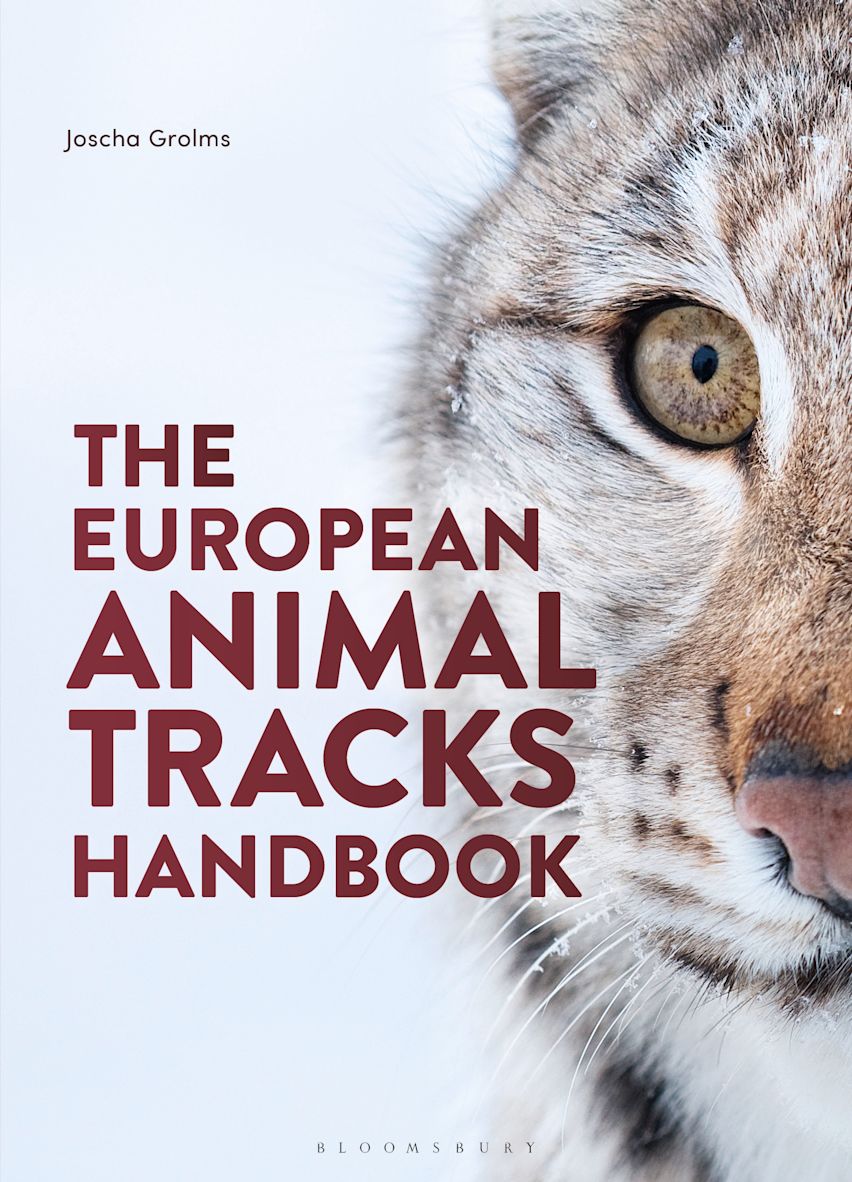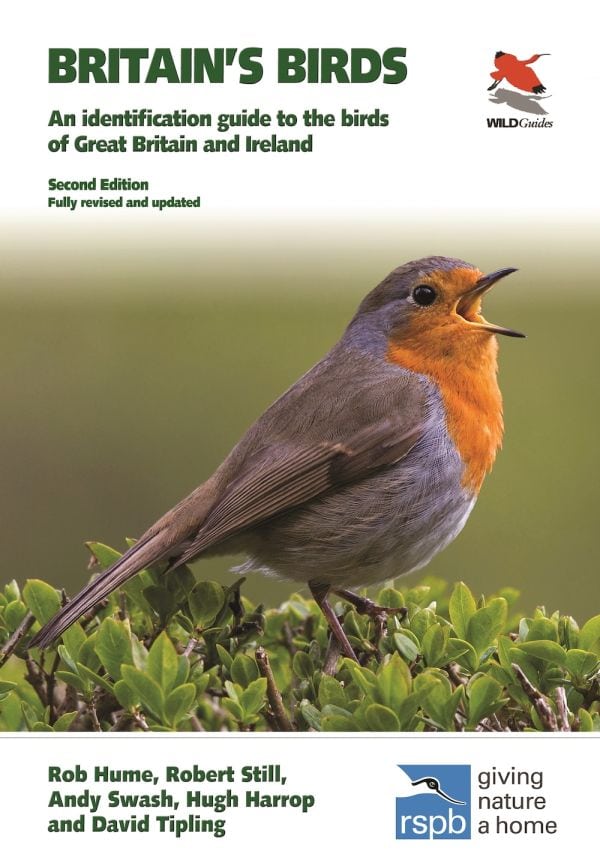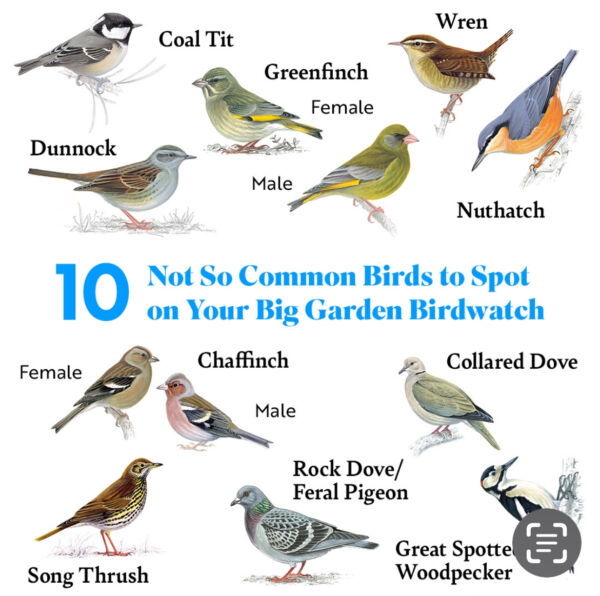European Animal Tracks Handbook Review
A long while ago I lived and worked on the North Yorkshire Moors and in a small Pickering bookshop I spotted an intriguing book. It was a copy of Collins Guide to Animal Tracks and Signs by Preben Bang and Preben Dahlstrom. I promptly bought it and consequently spent my days wandering around Cropton forest and up on the moors looking for pheasant tracks, squirrel nibbled pine cones and badger poo.
The Guide to Animal Tracks and Signs was first published in Denmark in 1972 and then translated into English in 1974 and quickly became the essential work on tracking European and British mammals and birds. Ray Mears has credited this book with sparking his own interest in animal tracks and signs. Many other similar books have followed including the recent publication of the excellent Track and Sign by John Ryder.
And now we have the European Animal Tracks Handbook. First published in 2021 in German and translated into English for September 2025. Written by Joscha Grolms a internationally qualified tracker and expert on the tracks and signs of animals in Europe. He has spent decades tracking, observing, measuring and photographing European wildlife.
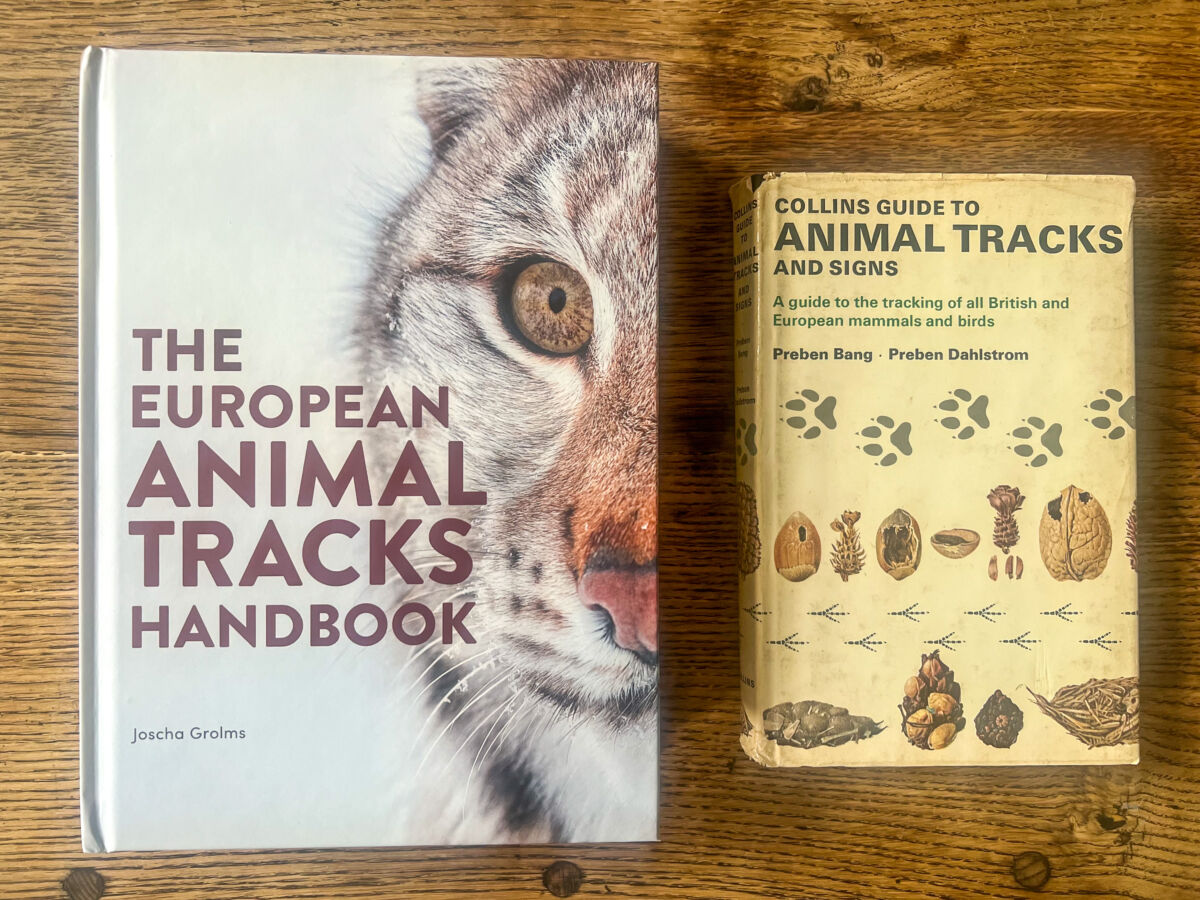
European Animal Tracks Handbook alongside the original Collins Guide to Animal Tracks and Signs
The first thing to say is that this book is big; 5cm thick. Not so much a field guide as a comprehensive reference book to peruse at home in front of the fire after a day of tracking in the wilds or even in your garden or local park. This mammoth book contains 816 pages and more than 1,600 photos and drawings.
The book is arranged in a logical order with mammals first; divided into insectivores, bats, lagomorphs, rodents and carnivores including cats, canid, bears, mustelids and ungulates. Then birds, amphibians, reptiles and insects. There are also sections on gaits, feeding marks, nests and eggs, dens and of course excrement.
The sections on each animal contains information on distinguishing features, diet, distribution and habitat. And then particular signs, tracks and gaits. There are also useful comparisons with other similar tracks. Another section is an identification guide to feeding marks on fruits and nuts.
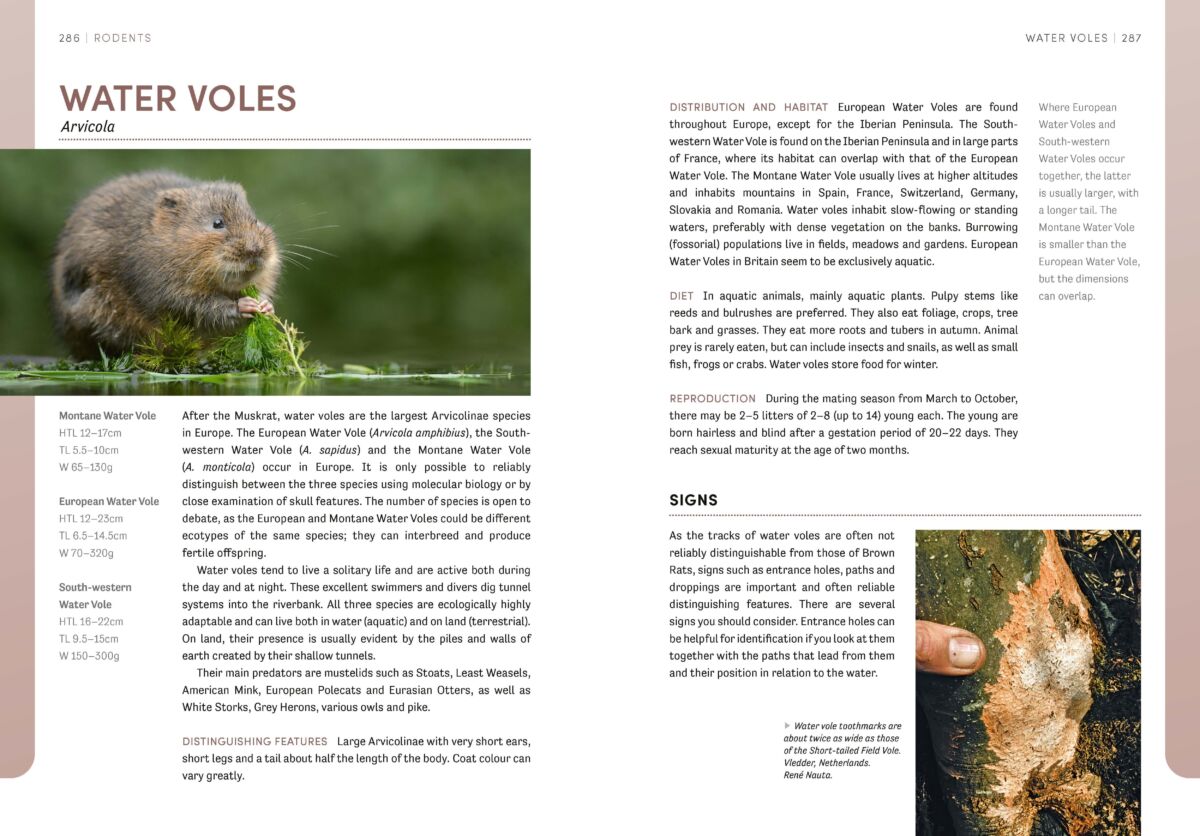
The Water Vole pages of The European Animal Tracks Handbook
Reading the European Animal Tracks Handbook I realised that I was slightly ignorant of how diverse the wildlife in Europe is. Living in the UK on our nature depleted island it’s easy to forget that lynx, bear, wolverine and wolf roam the wilds of our European neighbours. And I had absolutely no idea that porcupines live in Italy and Sardinia.
This book left me harbouring fantasies of tracking Lynx in the snow covered mountains of Scandinavia. But it has also inspired me to seek out the animals that roam the British moors, mountains, towns and cities. Foxes and badgers are often living closer to our homes than we realise. It’s also exciting to think about finding evidence of newly released rarities such as white tailed eagles, beaver and pine martins. I’m really looking forward to finding my first Jay track on Burbage moor where these corvids seem to have planted hundreds of acorns that are now growing into young oak saplings.
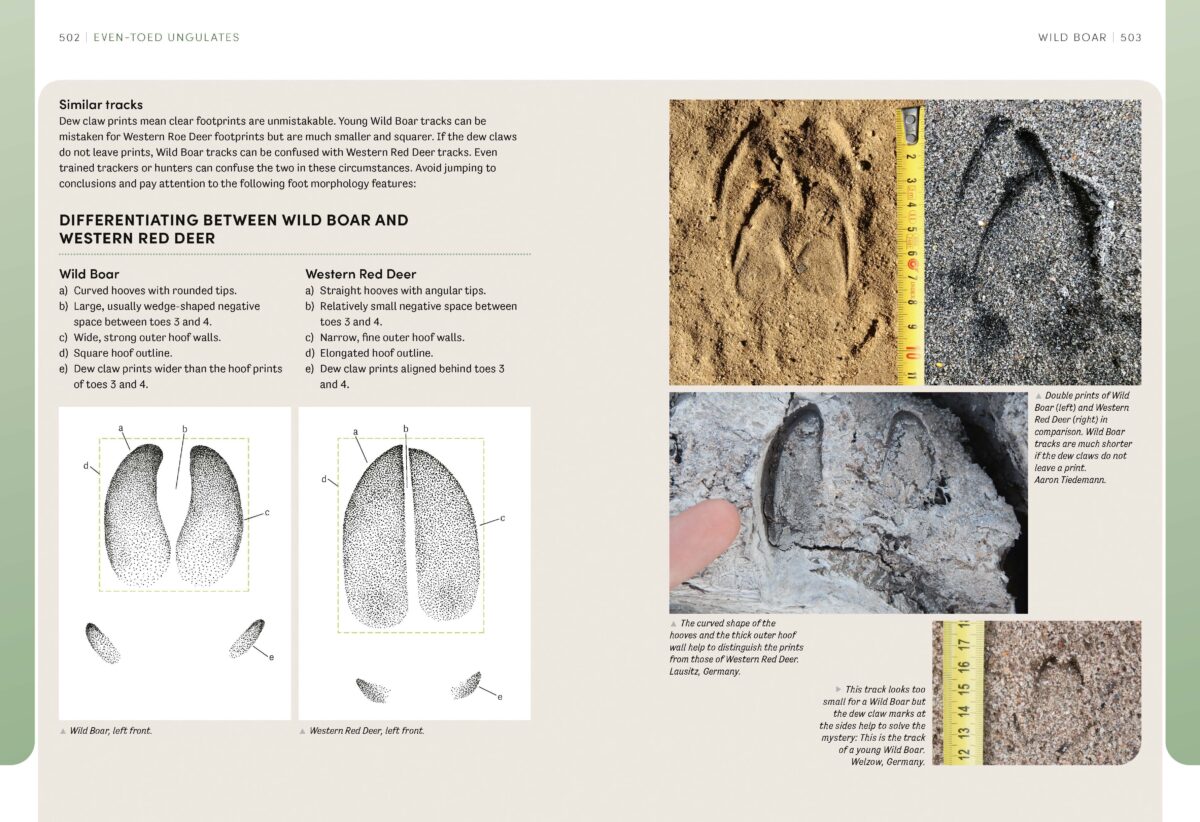
Differentiating between Wild Boar and Red Deer
Conclusion
The depth of knowledge presented in this book is astonishing. This has to be the most comprehensive guide to wildlife tracks and signs ever produced. The photography is stunning and inspiring; with the shot of the eagle battling the fox being particularly excellent. There is also a particularly cute otter on page 22. The photographs and diagrams are clear and easy to digest.
It will sit alongside Britains Birds and Flora Britannica as essential nature reading. I will enjoy using it for research and revision throughout the long winter months. I look forward to seeking out and seeing some mountain hare or even pine martin tracks in the snow. It will no doubt remain in regular use for many years. Highly recommended.
You can buy it here directly from the publisher Bloomsbury Naturalist.
Alex
Beyond the Edge Ltd is based in the Peak District, easily reached by train from London and within easy travelling distance from Sheffield, Manchester, Leeds, Nottingham and other Northern towns and cities.
We are one of the UKs most experienced providers of climbing, walking, scrambling, mountaineering and navigation training courses.
Most of our courses are run in the Peak District National Park which has some of the finest rock climbing, bouldering, walking and hiking in the world.

